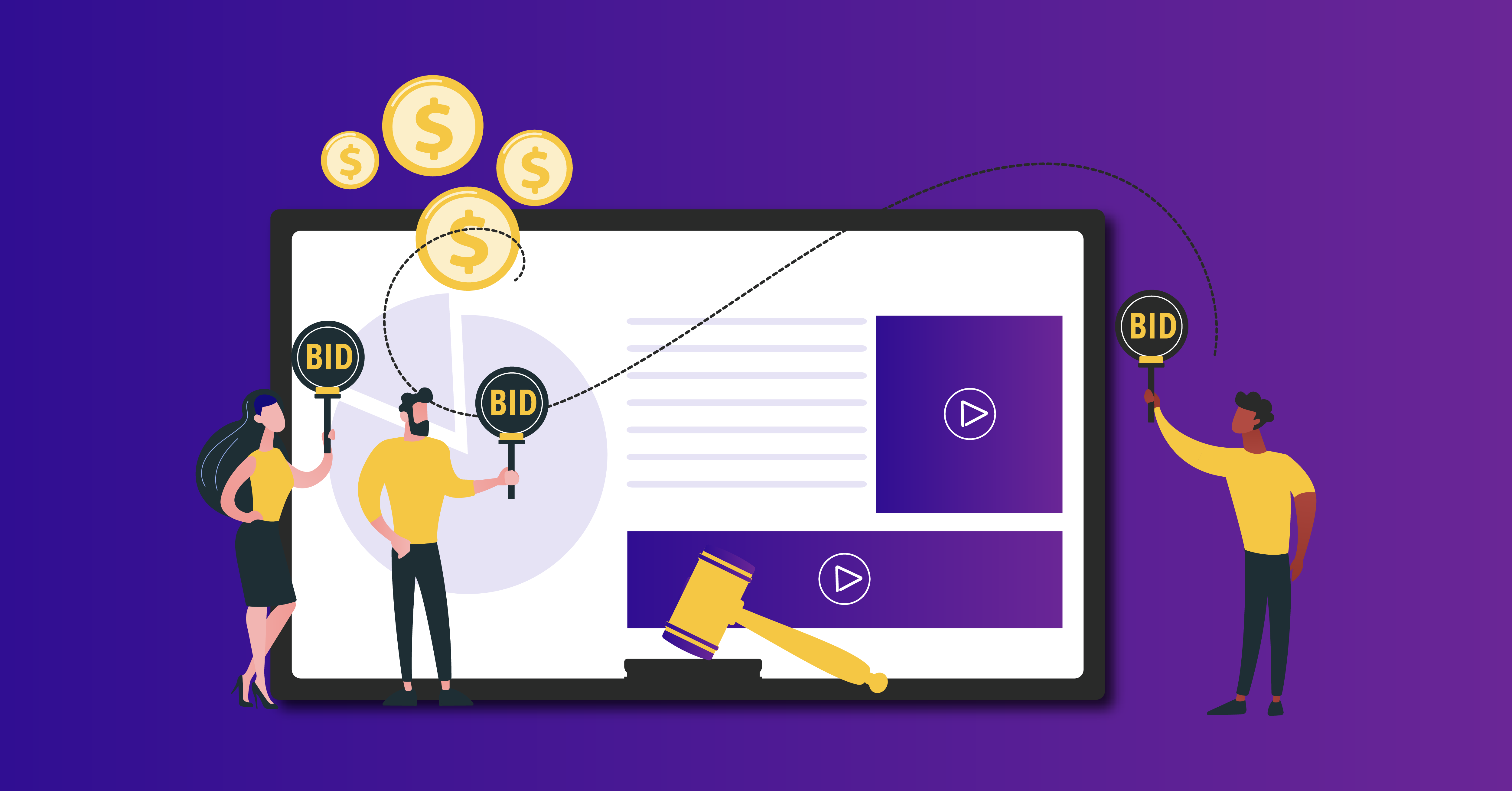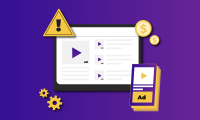How To Master The Header Bidding Set-Up?
In today’s stiff competition in the ad tech industry and budget cuts making circles, what should publishers focus on: short-term gains or long-term wins? Instead of weighing one against the other, there’s a way they can achieve both with header bidding solutions.
Among one million websites receiving the highest traffic, 2.6% were using header-bidding technology in June 2022. Header bidding allows publishers to not only achieve short-term revenue boosts but also pursue sustainable growth in the long run. However, strategically setting it up can help attain a balance between both goals.
By mastering header bidding setup, publishers and content creators can access more bids as this programmatic technology allows them to offer their ad inventories to a large pool of demand side as well as buyers through multiple ad exchanges at once.
Here are the steps publishers can take to master their header bidding setup and increase their revenue potential.
1. Choose the right header bidding solution
Publishers can choose from several header bidding solutions available in the market. Prebid.js stands out as one of the most preferred options, offering an open-source header bidding programmatic technology that empowers publishers to augment their ad revenue. It was first released in 2015 replacing ad waterfall and has since become a popular choice among publishers and ad tech vendors. Some other header bidding solutions include:
a. Google Ad Manager
Google Ad Manager, formerly known as DoubleClick for Publishers (DFP) is an ad network that uses header bidding through its EBDA (Exchange Bidding Dynamic Allocation) feature. It offers publishers to use header bidding in yield groups to manage all their ad demand sources within Ad Manager, allowing them to simplify their ad operations and optimize their revenue.
b. AppNexus
AppNexus is one of the top ad exchanges for publishers that offers varied ad tech solutions including its header bidding solution Magnite which provides free server-to-server integrations. It provides an opportunity for publishers to maximize their profits through its unified auction amongst demand partners including AppNexus marketplace, Facebook Ad Network, and Index Exchange.
c. OpenX
With its header bidding technology OpenX Bidder and solutions such as yield optimization, It provides a competitive setting through high-quality demand partners including 100% of the AdAge top 100 advertisers. Its dynamics bids fully optimize the value of every impression. OpenX offers strong features and strengths for publishers to maximize their revenue.
2. Consider the right factors to choose the best header bidding solution
To choose the best header bidding solution, publishers and content creators must prioritize the relevant factors throughout their screening process. They can start by outlining their needs and goals to achieve in the future.
If publishers choose a programmatic platform that lacks the necessary features to align with their requirements, they may experience negative consequences such as decreased ad fill rates, reduced revenue, and a decline in overall user experience.
Here are the factors that content creators must evaluate before choosing their header bidding solution:
- Easy implementation
- Premium demand partners
- Lucrative ad formats
- Transparency
- Reporting and real-time data
3. Select your demand partners carefully
The choice of demand partners is closely related to the header bidding solution that the publishers use. Header bidding allows multiple demand partners to compete for ad impressions simultaneously, which can significantly increase competition and revenue for the publisher.
However, if the publisher partners with low-quality demand partners, header bidding may not deliver optimal results. Therefore, choosing the right demand partners is crucial to the success of header bidding.
Publishers must select demand partners that have experience as well as the technology to work with header bidding solutions. They can identify the efficiency of these partners by analyzing factors such as bid responses, high-quality ad creatives, fill rates, and revenue generated.
4. Optimize ad placements
Optimizing ad placement is a crucial factor for publishers to consider as it can help them identify the areas of their website that offer higher visibility, engagement, and user experience. By doing so, they can ensure they attract higher bid rates for their most lucrative ad units. Conducting experiments like A/B testing and heatmap analysis can help publishers identify these areas and place their ads accordingly.
The importance of ad placement optimization is closely related to header bidding. Since it provides publishers with access to multiple demand partners, it leads to increased competition for ad inventories. By optimizing ad placement, publishers can churn the most out of this increased competition.
5. Setup timeouts and floors
Publishers can set up timeouts and floors in their header bidding solutions, and they should do so to optimize their ad inventory and revenue. Publishers can set a timeout limit to ensure that the header bidding process doesn’t slow down their website’s page load time. Similarly, setting the right floor price can help publishers ensure they receive a minimum bid that meets their revenue goals and maintain a high standard of advertising.
Publishers can also experiment with different settings and analyze their impact on revenue and user experience to determine the optimal timeout and floor settings for their header bidding solution.
Here are factors to consider when setting up the timeouts and bid floors:
- Page load time
- Revenue goals
- Ad quality
Most header bidding solutions offer flexibility in setting timeouts and advanced floor management options such as dynamic floors that adjust based on real-time bidding data. Publishers should keep these factors in mind when they are choosing their header bidding solutions.
6. Monitor and analyze the performance
Most programmatic platforms have their own inbuilt analytics tools to track the performance of the header bidding solutions. Publishers can monitor the performance of demand partners, view bid rates, and track their revenue. It helps them to identify the scope for optimization and maximize their yields. Publishers can also use third-party analytics tools such as Google Analytics, HeaderBidExpert, AdSense, or DFP to track header bidding performance. These tools can provide additional insights and metrics, such as user behavior and audience segmentation.
To truly analyze the performance of header bidding, publishers must identify the essential metrics they need to track. It helps publishers to focus their efforts on the appropriate areas for improvement.
Here are some crucial metrics they must track to evaluate the success of their header bidding strategy effectively.
- Bid rates
- Fill rates
- Revenue
- Latency
- Viewability
To maximize the benefits of header bidding solutions, publishers must continuously test, iterate, and refine their strategies. Experimentation and optimization lie at the heart of discovering the most effective approach. Mastering the header bidding process demands careful planning, execution, and optimization of critical factors. Ultimately, by implementing a well-planned and optimized header bidding strategy, publishers can remain competitive in the dynamic landscape of digital advertising.




Leave a Reply